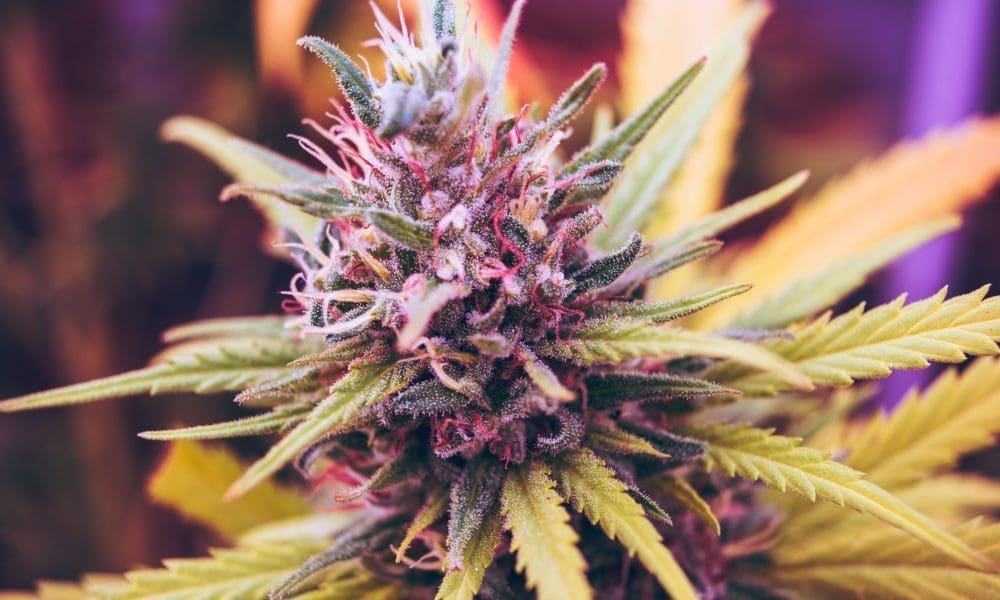-
ICMag and The Vault are running a NEW contest in October! You can check it here. Prizes are seeds & forum premium access. Come join in!
You are using an out of date browser. It may not display this or other websites correctly.
You should upgrade or use an alternative browser.
You should upgrade or use an alternative browser.
A perfect cure every time
- Thread starter simon
- Start date
onlyweed94
Active member
Un occhio ti dico 3 settimane...Quando dovrei smettere di nutrirmi man mano che ci avviciniamo al raccolto? Ho sentito così tante risposte diverse e quelle che sembrano essere risposte legittime con opinioni/scienza a supporto View attachment 19060482 View attachment 19060483 View attachment 19060484
When should I stop feeding as we get closer to harvest? I’ve heard so many different answers and what seems to be legitimate answers with opinions/science to back it up
I noticed nobody answered your question so I'll give it a brief reply. You'll find as many different answers, from every different grower, all with their own more or less logical reasoning. My take is that every growing medium is different, different strains trigger at different times at different latitudes and altitudes(or indoors), under different lighting, and every grower has different nutrient regimes. I dislike simple one-size fit all answers.
I have a friend, a professional grower for over 40 years, who has a simple answer for outdoor growers. He has been a northern California for most of his grows. In 'decent' soil, preferably organic, if you are growing 'regular' strains that start to flower in early August and finish around Oct 1 or a couple of weeks later. No nitrogen after July, no fertilizer after August. It's good advice for a beginner because it's rather fool proof. Unless your plants are deficient or over-fertilized. I'll explain the thinking in the next paragraph.
I don't follow his advice. I grow closer to Canada than No Cal, and every strain is different. I fertilize 'until they don't need it'. It's taken many seasons of growing outdoors to learn when they do and don't need it. In soil the plant you see now was created by the nutrients you gave it a week or two or even 3 or 4 weeks ago. Especially if you are growing organically. It takes time for the micro-organisms and the plant to break down the nutrients and feed. Of course the type of nutrients matters, how fast or slow they break down. Generally it's going to take a week or two at least.
This is why most growers flush. Why would you keep fertilizing until the day of harvest, when the plant won't have time to break down the nutrients? As a plant nears the end of it's life it's biology changes. The chemistry of the soil also changes as the days become shorter and cooler. The micro-organisms in the soil slow down and many die during the cold nights. The chemical reactions that occur quickly during long hot sunny days take longer. The plant needs less nutrients, especially nitrogen, and begins to cannibalize itself. Turning the leaves purple, orange, red, yellow. It also does this to absorb more of the fading UV light.
Some growers believe heavily feeding a plant later in flowering will produce a bigger yield for them. This is wishful thinking. The time they needed to be fed was 3 or 4 weeks earlier, when the plant was stretching and sprouting hairs. If you're feeding in late flower you're locking your barn after your horse was stolen. It's too late.
Nitrogen promotes rapid vegetative growth. Flowering plants require nitrogen as well, but much less. This is why growers cut back on N at the start of flowering, and some cut it off completely. I use a rich soil mix, utilizing nutrients that are slow to break down. There's usually enough to keep my leaves from fading until the last couple weeks of flowering. Most of the time I only feed phosphorous and potassium in flowering, unless the plants show me a nitrogen shortage.
I could go on but you get my thinking. The better you know your strains and your photoperiod, when and for how long plants flower in your neighborhood, the more you'll dial in your feeding regime. Every strain starts flowering at it's own rate, every strain flowers for it's own length of time. The longer you grow a strain, and try different strains, the better you'll get at identifying when and what to feed your plants.
Kind of silly to answer the question a month later, and during harvest time. Hope it helps someone...

How Marijuana Is Handled After Harvest Matters For Preserving Terpenes And Trichomes, Research Shows
How marijuana is handled after harvest—specifically, how the plant is dried before packaging—can have a significant impact on product quality, including with respect to preserving terpenes and trichomes, according to a pair of newly published white papers. The studies, announced this week by the...


